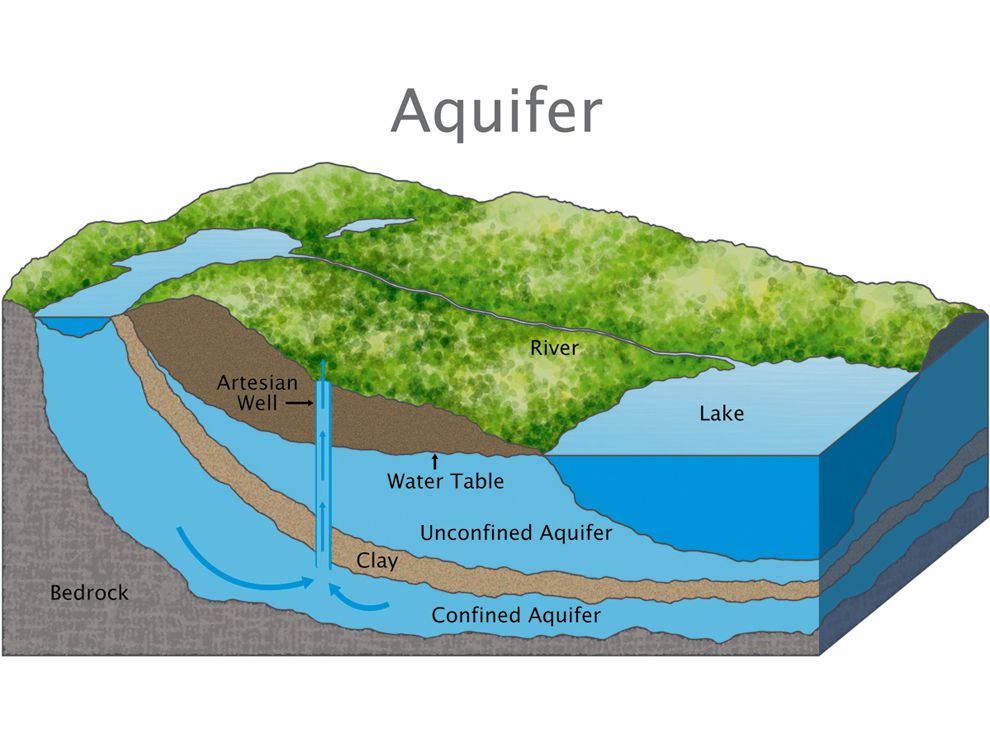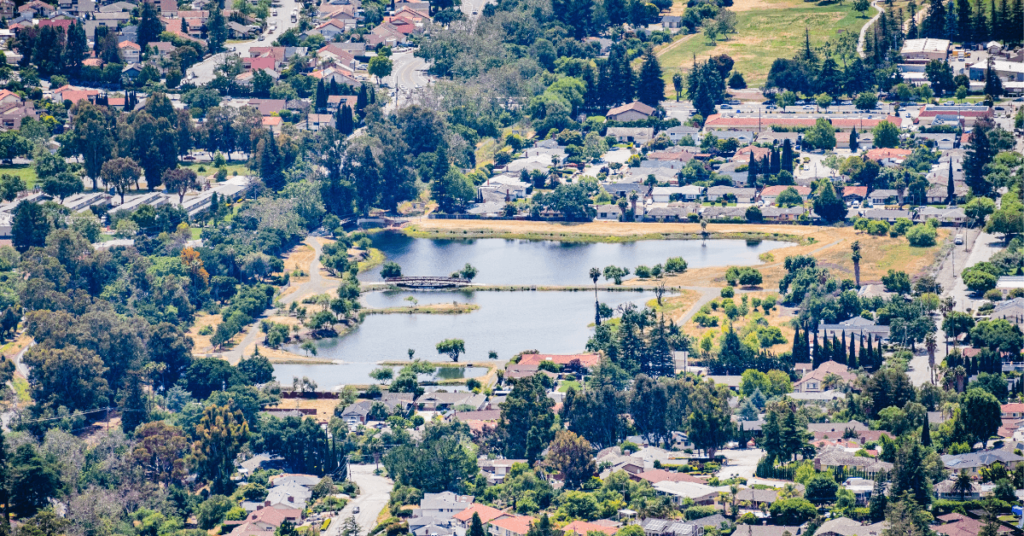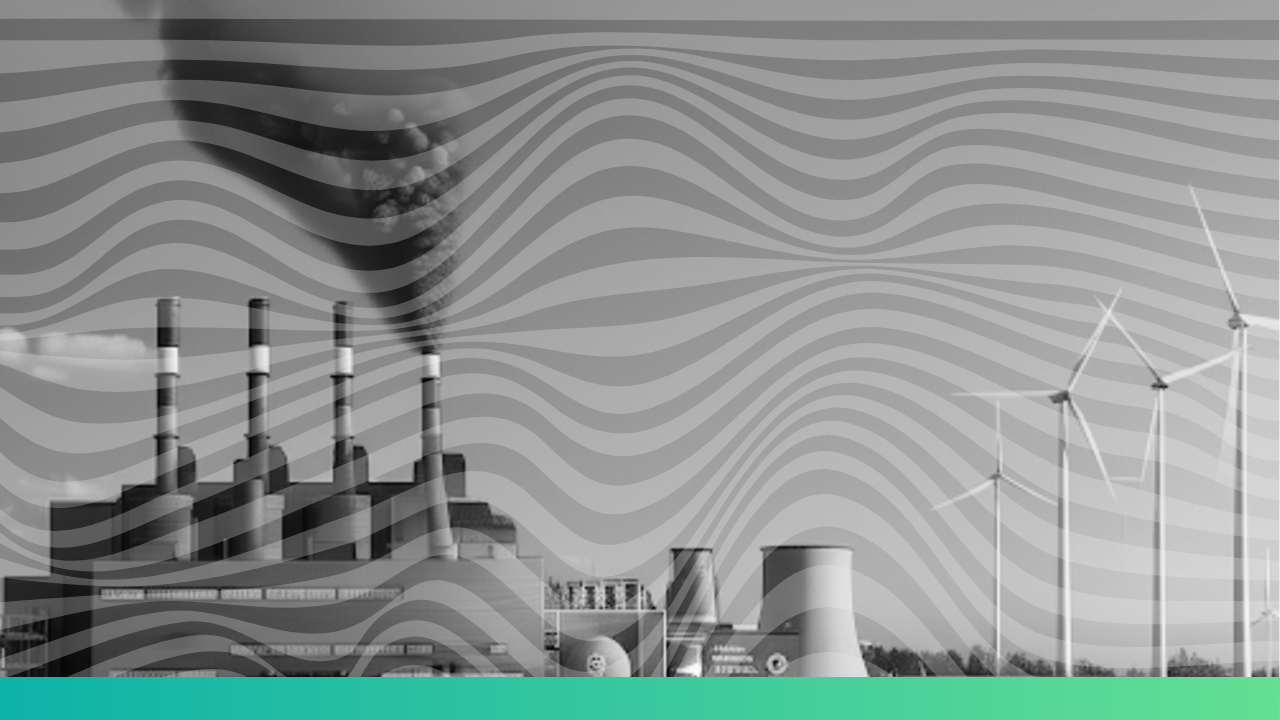Have you ever wondered the water you drink where it comes from?
The fresh drinking water originates from rain and snow-melt and gets stored in the region called aduifers lying below the earth’s surface.
This article will explain in detail about groundwater, its recharge process, and you’ll also understand why it’s managing groundwater resources is essential.
What is Groundwater?

Groundwater is the water present in spaces in soil or sands under the earth, or between cracks of rocks lying deep inside.
The complete region of sands, soil, and semi-permeable rocks holding the groundwater is known as an aquifer.
You’d have also heard the term water table. It’s the topmost surface of the aquifer region as shown in the above diagram.
The region just below the water table is called the water table aquifer or unconfined aquifer or phreatic aquifer. The unconfined aquifers are those where water from the surface can directly seep into the aquifer.
The confined aquifer is the aquifer region where a layer of impermeable soil, rock or clay is present preventing the direct influx of water from ground surface.
How Groundwater is recharged?
Groundwater Recharge is a (hydrologic) process where the water from the surface of the earth seeps downwards and gets collected in aquifers. So, the process is also known as deep drainage or deep percolation.
Groundwater recharge happens mainly through these 5 below processes.
1. Naturally through rain or snowmelt
Water from rainwater and snow melt can directly fill the aquifer-unconfined from the areas of high altitudes having openings to the unconfined aquifer.
2. Rivers and lakes
Water from rivers and lake can also contribute to groundwater recharge but marginally.
3. Wetlands
A wetland is an area flooded with water where a number of aquatic plants and other species thrive.
The groundwater recharge mainly occurs at the soil present around the edges of the wetland.
Although the soil under most wetlands is impermeable, small area wetlands, where perimeter to volume ratio is high may contribute to recharge groundwater.
4. Depression focused recharge
There’s the term called “Field Capacity” in groundwater recharge, which is defined as the amount of water the land or soil can hold after the excess water fell due to rain is drained out.
If the water present on the ground doesn’t exceed the field capacity of the area, then a little amount of water infiltrates into the groundwater.
However, if water gets collected in low lying areas, it exceeds the field capacity of the land and percolates through the ground surface recharging the aquifer.
5. Artificial Groundwater Recharge
Artificial Groundwater Recharge, as the term also suggests, is a process of recharging aquifers inside the ground by manual activities, either by spreading the excess available surface water on the ground to make them seep into the aquifers, or injecting the water directly into the aquifers by deep dug wells.
What factors are affecting the Groundwater Recharge process?
1. Global warming-induced climate change
Climate change is possessing a lot of challenges to the environment and ecology. However, its impact on groundwater is rarely discussed.
The known impacts of climate change, like floods and prolonged period of drought, indirectly affects the groundwater also. Drought in an area for a long time will force people to over-extract the groundwater that will further increase the scarcity of water.
Floods and indirect impacts of climate change, like change in the pattern of land usage may result in an intensification of human activities that will increase the demand for groundwater.
2. Rapid Urbanization
Rapid urbanization or growth of the population living inside a city affects the quality of groundwater due to the influx of contaminants emanating from industries.
Taking all these factors and the present situation of groundwater into account, there is an urgency of taking serious steps to manage groundwater and its resources efficiently on both, the individual side as well as via statuary regulations.
What is Groundwater Management?
Groundwater management is a strategy that aims to tackle groundwater scarcity and its pollution. It ensures that each and every stakeholder involved in the groundwater usage viz farmers, administrators, society individuals, and environmentalists gets their share of groundwater as per their needs, and each one is also committed to conserving it for its future availability.
In India, the regulatory body under the name CGWA has issued certain guidelines on groundwater monitoring and its abstraction which all the industries extracting groundwater have to comply with. As per the regulations, it’s mandatory for industries to opt for a groundwater monitoring telemetry system.




